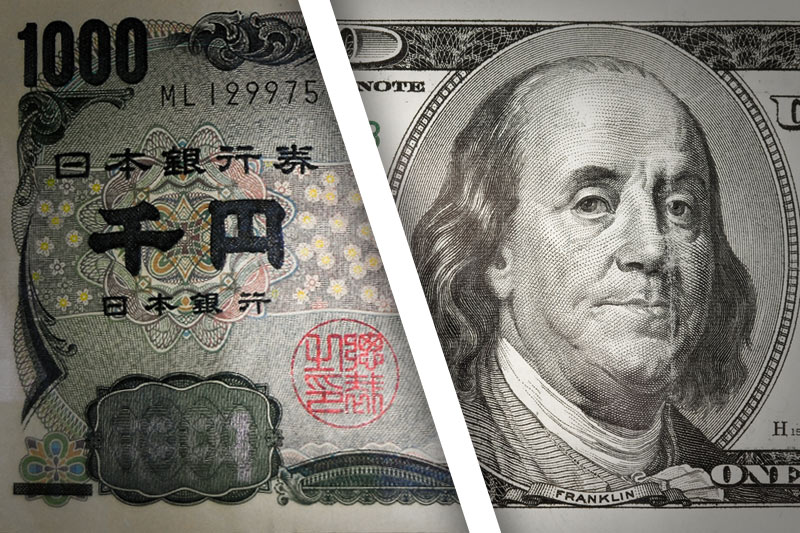Investing.com - The U.S. dollar traded modestly lower against the Japanese yen during Tuesday’s Asian session as traders awaited the release of minutes from last week’s Bank of Japan meeting.
In Asian trading Tuesday, USD/JPY inched fell 0.08% 99.79. The pair was likely to find resistance at 101.53, the high from July 7, and support at 98.28, Thursday's low. Japanese markets reopened Tuesday after being closed Monday for a national holiday.
Last week, the Bank of Japan announced no material alterations to its massive quantitative easing program, so it might be reasonable to expect the meeting minutes will provide little in the way of surprises.
However, previous editions of recently released BoJ meeting minutes have detailed some dissent among central bank members regarding its efforts to reach an inflation target of 2% in two years.
Still, speculation is rampant that an end to ultra-loose monetary policies will likely take place first in the U.S. before anywhere else such as in the European Union or in Japan. In fact, some traders are expecting BoJ will announce added easing measures before year-end.
The meeting minutes could carry added significance ahead of upcoming elections for control of Japan’s upper house of parliament. Prime Minister Shinzo Abe’s Liberal Democratic Party is widely expected to take control of the upper house, which is likely to lead to increased speculation about Abe’s focus on restoring Japan’s domestic economy, the world’s third-largest.
Elsewhere, NZD/JPY rose 0.12% to 78.05 after Statistics New Zealand said consumer price inflation there rose by 0.2% last quarter compared with a 0.4% in the first quarter. Analysts expected an increase of 0.3%. AUD/JPY added 0.67% to 91.46.
In Asian trading Tuesday, USD/JPY inched fell 0.08% 99.79. The pair was likely to find resistance at 101.53, the high from July 7, and support at 98.28, Thursday's low. Japanese markets reopened Tuesday after being closed Monday for a national holiday.
Last week, the Bank of Japan announced no material alterations to its massive quantitative easing program, so it might be reasonable to expect the meeting minutes will provide little in the way of surprises.
However, previous editions of recently released BoJ meeting minutes have detailed some dissent among central bank members regarding its efforts to reach an inflation target of 2% in two years.
Still, speculation is rampant that an end to ultra-loose monetary policies will likely take place first in the U.S. before anywhere else such as in the European Union or in Japan. In fact, some traders are expecting BoJ will announce added easing measures before year-end.
The meeting minutes could carry added significance ahead of upcoming elections for control of Japan’s upper house of parliament. Prime Minister Shinzo Abe’s Liberal Democratic Party is widely expected to take control of the upper house, which is likely to lead to increased speculation about Abe’s focus on restoring Japan’s domestic economy, the world’s third-largest.
Elsewhere, NZD/JPY rose 0.12% to 78.05 after Statistics New Zealand said consumer price inflation there rose by 0.2% last quarter compared with a 0.4% in the first quarter. Analysts expected an increase of 0.3%. AUD/JPY added 0.67% to 91.46.
